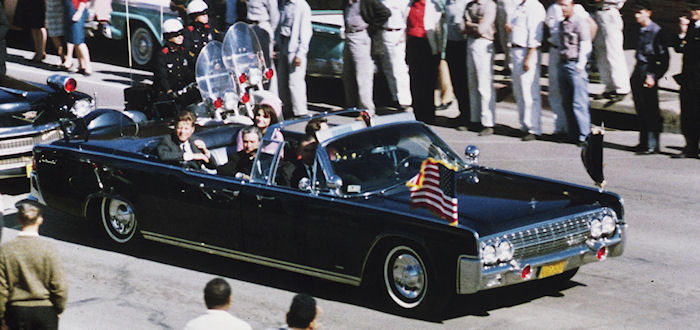Investigating historical mysteries is, possibly, one the most fascinating and rewarding aspects of the work of a skeptical researcher.
Mysteries that appear to have no possible solutions, that could certainly be termed “cold,” can, sometimes, become clearer thanks to a more careful investigation of the original sources and also to the advancements of science. Think only of the many historical enigmas and crimes that DNA-testing techniques have helped to solve, like the riddle of Anastasia Romanoff’s claimed survival (Gill 1994, 1995) or the real origins of Kaspar Hauser (Weichhold 1998).
However, cases are often made more difficult to solve when facts get confused with imagined realities and unfounded conclusions. Eyewitness testimonies and self-styled experts, even in good faith, can alter details and hide important clues that—if untouched—could lead to radically different conclusions. In order to give you some clear examples of what I mean, I will examine one of the great tragedies of the twentieth century.
Hundreds of books and thousands of articles have been written about the tragic death of President John Fitzgerald Kennedy, and it would take a few complete issues of Skeptical Inquirer just to deal with the more relevant matters involved in the case. I will outline several examples of bad research involved in popular investigations of this case.
Let’s get back to that fatal day, November 22, 1963. President Kennedy arrived in Dallas, Texas, during the election campaign. In 1964, there would have been new elections, and Kennedy, who wanted to be sure to be re-elected, had started a tour of the southern states, the most conservative ones, where he was less popular due to his progressive ideas.
Read the rest of the article at: https://skepticalinquirer.org/2005/01/facts_and_fiction_in_the_kennedy_assassination/




